PIM
Product content creation reimagined; the importance of application information.
July 1, 2023 · 3 min read
I regularly encounter companies that struggle with improving their product content in their PIM solution. Usually, after internal discussion, the outcome is that more product specifications need to be added to products to improve the product information. That is of course fine. Product specifications are a very important part of product content and can be recorded perfectly well in a PIM system.
Sometimes it is noticeable that companies can also overshoot in this. For a bicycle, for example, it can be important for some target groups what the metal alloy of the frame is. But to also record this property for a front fork on a city bike, overlooks the information needs of the consumer. At this point, a product marketer can better use his valuable time elsewhere.
Product application as part of product content.
What other parts of the product content are smart to look at? This varies greatly by product type, market and the intended target group of buyers. I will mention a part that is often missed and is relevant in many markets: applications. Application is especially important for products that are not bought out of habit. Think of durable (consumer) goods such as electronics, cars, furniture, clothing, bicycles and scooters. But also tools, DIY articles or insurance.
This is why product application is important in your product content.
An example; suppose someone is looking for a professional action camera. This is a product that people do not buy every year and where, in the case of a good camera, a considerable investment is still involved. Before someone decides to purchase one, an evening is spent on the internet to explore which type of cameras, from which brands and at what prices can be bought where. It is therefore important for suppliers to create good product content in their PIM system, in order to at least be found online by the potential customer.
The customer will make a selection on the products found based on the specifications (such as brand), images and price. For the final decision it becomes important for what, when and especially how the customer is going to use the product. In the case of the action camera, let's take the example of a young father who is considering buying such a camera. After an evening of surfing and comparing, three different action cameras from different brands remain. Based on the specifications per camera, he has already been able to see for each of the cameras that they all have sufficient recording time, the cameras are water-resistant and support the function to transfer images via wifi.
All those specifications offered: great. But now to practice. The father does not only want to use the action camera on vacation and during the many hikes that the family undertakes. Once every two weeks he goes rollerblading with his seven-year-old son. One 'application requirement' is that the son or father can place the camera on their rollerblading helmet. A very simple application actually. But very important in the purchasing process.
This practical information, or the application possibilities of a product, could in this example be the deciding factor as to which product is ultimately preferred. And which product therefore has the greatest chance of actually being purchased.
Enrich your product content in a PIM system with application information.
When I look at digitally enhanced product content of luxury consumer goods, I often see that the aspect of 'application' is not mentioned. However, I do see a trend that more and more product features are included on a product. It is a good idea for product marketers and e-commerce professionals to see what the addition of application information can mean for their customers in the selection and purchase process. In short, an important distinguishing feature compared to competitors could well be found in the concept of 'application'.

Written by: Arnout Schutte







